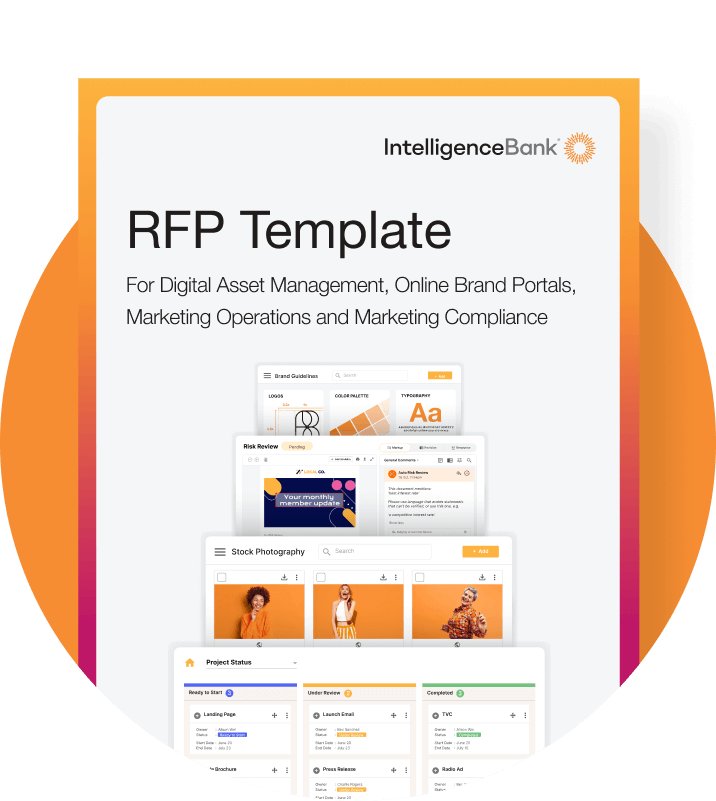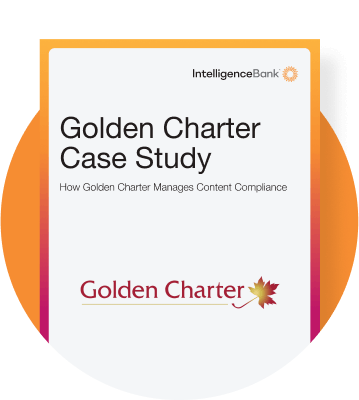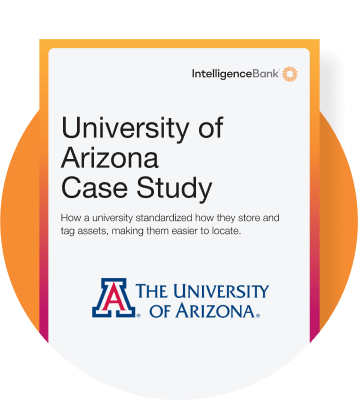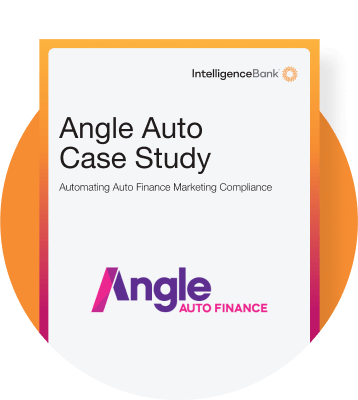It’s no news to anyone that the travel and hospitality industries are among the most content-heavy. From stunning visuals that inspire people to visit new places to tantalizing videos of a menu’s latest additions, content is one of the main components that keeps brands afloat — and demand is growing.
The thing is, it can quickly turn into content overload even for the most organized marketing teams. Digital asset management (DAM) for hospitality and travel helps brands manage the growing cascade of content needs, keeping campaigns fresh and consistent. Not to mention keeping marketing teams sane.
In this guide, we explore how DAM software makes that possible.
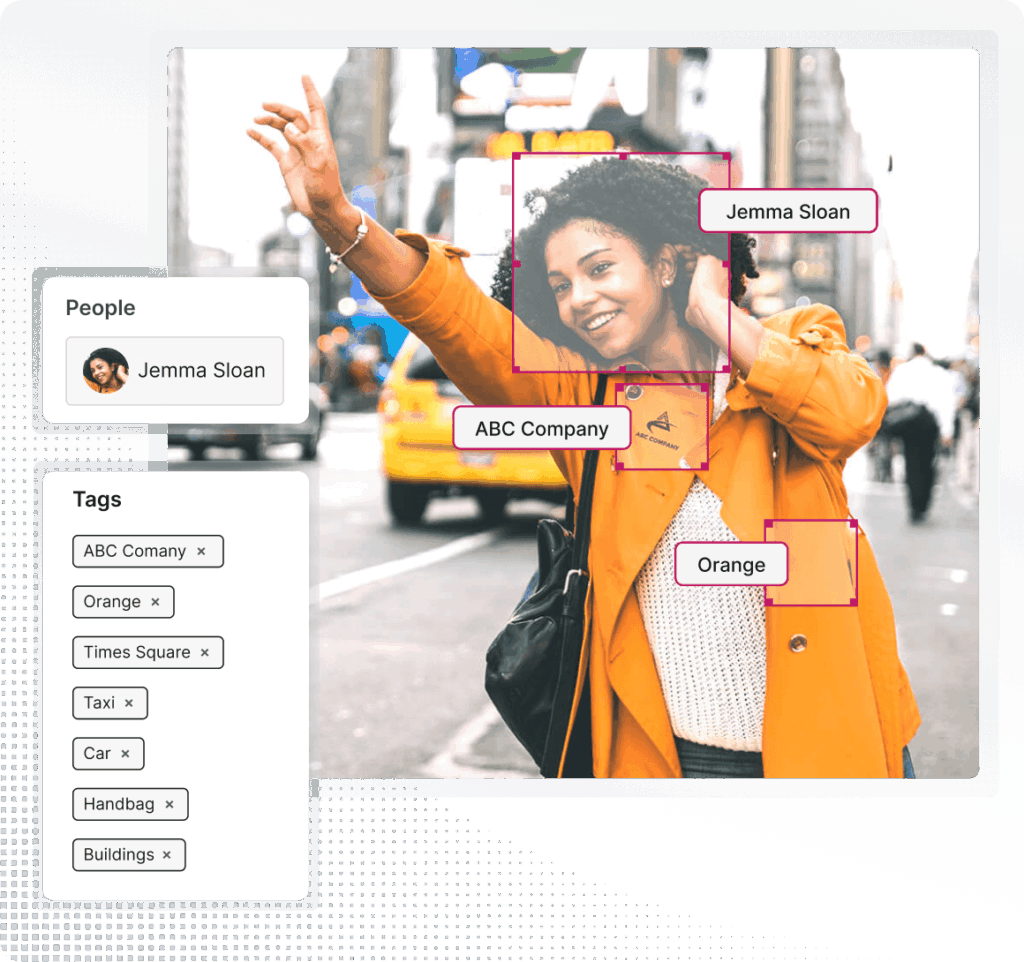
What Is Digital Asset Management in Hospitality and Travel?
In the highly visual hospitality and travel industry, digital asset management is a valuable tool. It centralizes and organizes a vast catalog of digital content, such as photos, videos, and marketing materials. It helps hotels, resorts, airlines, and travel agencies manage their asset portfolios across all their initiatives.
For instance, a hotel chain can use DAM to maintain updated high-resolution images of rooms, amenities, and destinations, ensuring that travel agents, OTAs (Online Travel Agencies), and social media teams always use the latest approved assets. This reduces errors, speeds up campaign launches, and enhances the overall guest experience.
By centralizing all digital assets in one location, hospitality and travel companies can improve operational efficiency, reduce redundant work, and deliver compelling, consistent content across all customer touchpoints — from websites and booking platforms to in-room tablets and mobile apps – enabling teams to easily find and use the content they need. It supports consistency, helps protect brand integrity, and empowers seamless team collaboration across sub-brands and international markets.
9 Benefits of Using a DAM for Hospitality and Travel
1. Centralized content management
Hospitality and travel-related digital assets come from multiple sources and formats. Automated keyword tags and an intuitive search bar substantially reduce the time it takes to find assets in your content library. This organization injects productivity throughout all stages of your content process and accelerates campaign delivery.
2. Improved brand consistency
Maintaining brand consistency across global locations and diverse customer touchpoints is crucial in the hospitality industry. A DAM solution offers version control capabilities, ensuring only the most up-to-date, approved assets reach your channels. Self-serve access to creative templates and updated brand elements, such as logos, fonts, and messaging guides, reduces the risk of off-brand collateral slipping into marketing campaigns.
3. Enhanced collaboration between international and creative teams
Travel and hospitality businesses often span continents, involving multiple agencies and in-house creatives. A DAM provides a single digital workplace where everyone can collaborate transparently through real-time proofing, markups, and asset sharing. A centralized space for creative collaboration speeds up approvals and empowers creative execution across time zones.
4. Streamlined marketing workflows
Travel marketing moves fast, so Marketers need agile execution to keep up. DAM software allows you to transform and download branded assets instantly. Leveraging AI, you can crop, transform, and download vast image and video banks in multiple formats — without needing additional external platforms.
This efficiency enables marketing teams to bring on-brand campaigns to market faster and maintain a competitive edge in an industry where timing is essential.
5. Quick updates and distribution across channels
Responding to trends and topical affairs requires teams to take the lead and respond fast. Content Delivery Network (CDN) links expedite multichannel distribution, allowing you to update content on external websites and content management systems instantly.
6. Full control of access
A DAM gives comprehensive oversight over who can access and use branded assets. Setting up custom permissions means you can manage content downloads and uploads, and approval workflows provide visibility and control over where and how assets are used.
Beyond access, sharing content between teams or with external partners is secure, which is a big one for brands handling sensitive customer information. Moreover, you can set download expiry dates to align asset usage with rights and conditions — an extra layer of security for busy teams.
7. Manage permissions at all levels
DAMs allow layered permission settings that reflect complex organizational structures. Local teams can manage their content distribution regionally, while headquarters maintains control over global brand templates and centrally approved brand assets.
This decentralization supports regional autonomy without risking brand fragmentation or dilution.
8. Scalability with teams and content production
As your hospitality or travel organization grows, so does your volume of digital content and the size of your teams. A DAM provides a centrally managed location and aims to reduce the inefficiency of Marketing teams working across multiple disparate tools.
This means that whether you’re bringing more teams on board, taking on new markets, or ramping up your content production to meet demands, you’ve got an agile system that can scale without creating siloed asset handling.
9. Integration with your tech stack
A DAM slots into the systems you’re already using, including CMS, marketing platforms, and social media tools. This integration means you can reduce the time creative teams spend switching between different tech, which boosts productivity.
It also means that your CMS only pulls the assets that are approved and ready to go from your DAM, contributing to your brand’s consistency across channels.
How Can a DAM for Hospitality and Travel Solve Common Marketing Challenges?
Challenge: Content risk exposure
In high-volume content environments, it’s tough to keep up with multiple staggered asset expiry dates and varying usage rights. A digital asset management system enables you to automate asset expiry reminders and display rights and conditions, making it explicit how, where, and when an asset can be used across campaigns.
Challenge: Bottlenecks in high-volume content production
Hospitality and travel marketing demand rapid production and deployment of vast amounts of content. This means teams often lose productive hours searching for assets and waiting for approvals.
A DAM system provides the technology to facilitate smooth processes across your entire content operations. It achieves this by centralizing digital assets, automating workflows and supporting integrations with external platforms.
Challenge: Inconsistent branding
Trust and recognition influence customer loyalty across global locations, yet outdated creative and mixed messages can easily creep in when marketing teams work in silos. A DAM supports brand consistency with version control, ensuring only the latest, approved assets are available for use. It also guards asset access, so local teams can only create or modify materials within approved parameters.
Simplify Your Hospitality Marketing Operations
Marketing in content-heavy travel and hospitality industries can quickly spin out of orbit without the right tools to manage content production. A digital asset management solution creates a platform to centralize, control, and automate every aspect of your content function.
IntelligenceBank offers an intuitive DAM system to help organizations in the travel and hospitality sector simplify and streamline content workflows and scale brand impact. Connect with our team to explore how we can support your growing content operations.

